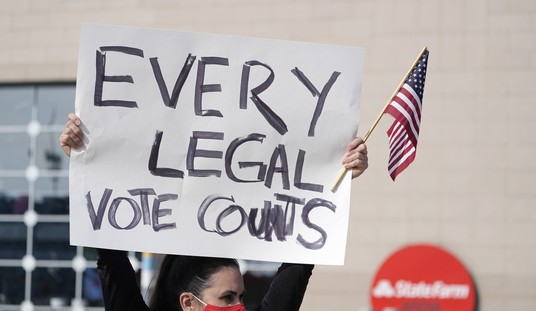The BLS released the October jobs report Friday morning. First, the raw numbers:
Total nonfarm payroll employment rose by 204,000 in October, and the unemployment rate was little changed at 7.3 percent, the U.S. Bureau of Labor Statistics reported today. Employment increased in leisure and hospitality, retail trade, professional and technical services,manufacturing, and health care.
The jobs report greatly exceeded most economists’ expectations. Importantly, the BLS also revised its August and September numbers: a combined 60,000 (more) jobs were created than previously reported. As NRO points out, this moves those figures “from weak territory into the merely mediocre” -- a good thing, obviously. It's also worth noting that the jobless rate was also probably skewed upwards due to the partial government shutdown last month (via Politico)
Recommended
The number of jobs added far exceeded analysts [sic] expectations of 120,000, according to a Bloomberg survey of economists.
Economists have cautioned against reading too much into the report because its results may have been skewed by last month’s government shutdown, but the amount of jobs added is bright spot for the still struggling economy.
The uptick in the jobless rate was likely the result of hundreds of thousands of federal workers being briefly furloughed. Even though Congress eventually mandated that those employees receive back pay, the methodology used by the Bureau of Labor Statistics counted workers who did not work from Oct. 6 to 12 as having been unemployed.
This chart is instructive:
CHART: Here's what's driving the unemployment rate up--workers on temporary layoff, aka shutdown. pic.twitter.com/kEsn6JUyRu
— Justin Wolfers (@JustinWolfers) November 8, 2013
Unsurprisingly, the labor participation rate also plummeted:
The labor force participation rate, or the percentage of those in the labor force compared to people willing and able to work, fell by 0.4 percentage points to 62.8 percent, a 35-year low. While some economists expected a shorter workweek in part due to the shutdown, which lasted more than two weeks, the average workweek for all workers was unchanged last month at 34.4 hours.
Some of the biggest labor increases were in the leisure and hospitality sector, with 53,000 new jobs, especially new jobs at restaurants: 29,300 jobs. Another sector that saw big job gains was professional and business services with an increase of 44,000 jobs.
The jobs report will be scrutinized closely by investors and economists to see how the government shutdown impacted the labor market. The shutdown was expected to affect the unemployment rate, which is based on a separate survey of households. Furloughed workers are counted as "unemployed" if they are out of work an entire week.
As AEI’s Jim Pethokoukis points out, federal workers are no longer furloughed so these figures will likely improve in next month’s jobs report. All in all, the jobs report is an indication that the economy is indeed growing, but we aren’t anywhere close to where we need to be in terms of reaching 2008 employment levels, before the recession hit. Alas, we still have a long way to go.


